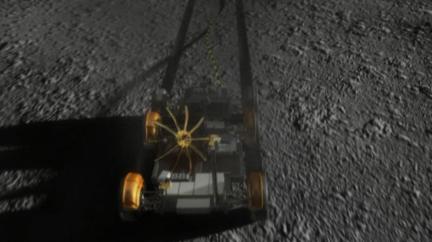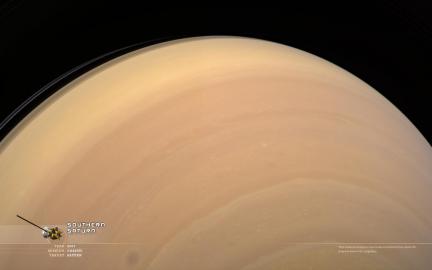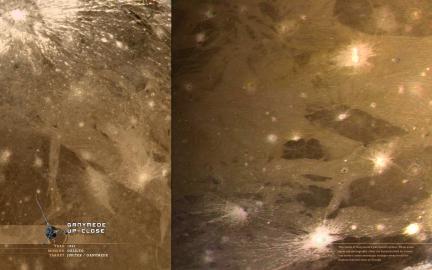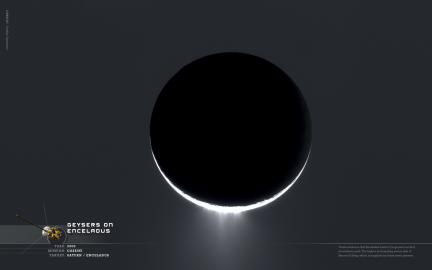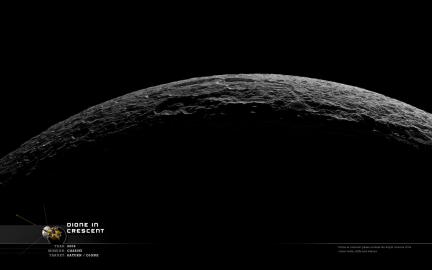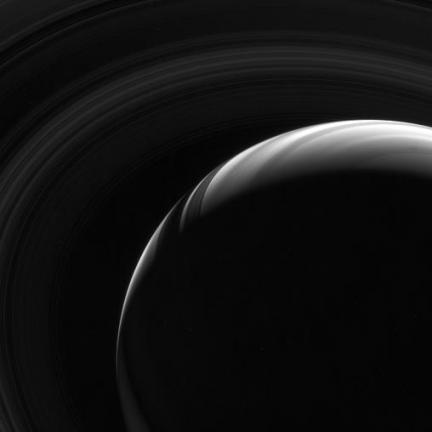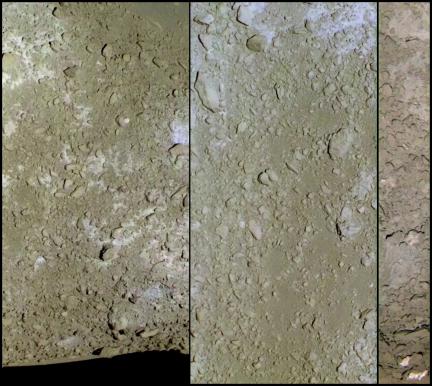 Itokawa (full name 25143 Itokawa) is an Earth crossing type asteroid that was visited by JAXA (Japan Aerospace Exploration Agency) in 2005. It was, and still may be, the first asteroid to be sampled and returned to Earth. To make a long story short, JAXA attempted quite a complicated mission for such a young agency and sent a probe to Itokawa. The plan was for Hayabusa to orbit, land upon, sample a bit of the surface and then return those samples back to Earth for retrieval. Currently, the mission is seriously damaged and operating on 1 of 3 reaction wheels. Additionally, Hayabusa suffered a major solar flare that damaged several battery cells, a rehearsal landing failed, the agency is unsure if any samples actually made it into the return cannister and 2 probes designed to study the surface also failed. Despite all this trouble and serious concern about its ability to even make it back to Earth… in early 2007 Hayabusa began its long questionable trip back home. Should it make it, the sample return cannister should re-enter Earth atmosphere in 2010.
Itokawa (full name 25143 Itokawa) is an Earth crossing type asteroid that was visited by JAXA (Japan Aerospace Exploration Agency) in 2005. It was, and still may be, the first asteroid to be sampled and returned to Earth. To make a long story short, JAXA attempted quite a complicated mission for such a young agency and sent a probe to Itokawa. The plan was for Hayabusa to orbit, land upon, sample a bit of the surface and then return those samples back to Earth for retrieval. Currently, the mission is seriously damaged and operating on 1 of 3 reaction wheels. Additionally, Hayabusa suffered a major solar flare that damaged several battery cells, a rehearsal landing failed, the agency is unsure if any samples actually made it into the return cannister and 2 probes designed to study the surface also failed. Despite all this trouble and serious concern about its ability to even make it back to Earth… in early 2007 Hayabusa began its long questionable trip back home. Should it make it, the sample return cannister should re-enter Earth atmosphere in 2010.
Never surrender!
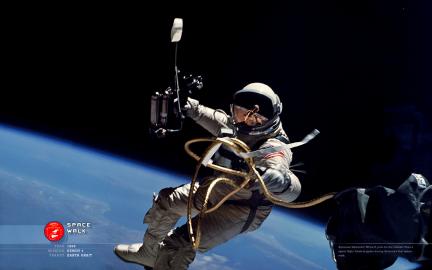 Ed White is the first American space walker, which took place on Mercury 7. Sadly, he later died on the ground in the tragic Apollo 1 flash fire which took place during a test run. The accident took the lives of 3 astronauts before Apollo even got off the ground.
Ed White is the first American space walker, which took place on Mercury 7. Sadly, he later died on the ground in the tragic Apollo 1 flash fire which took place during a test run. The accident took the lives of 3 astronauts before Apollo even got off the ground.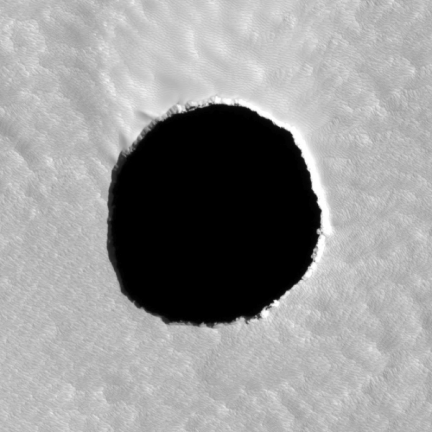
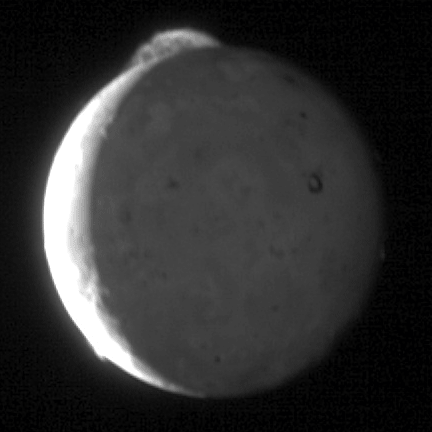
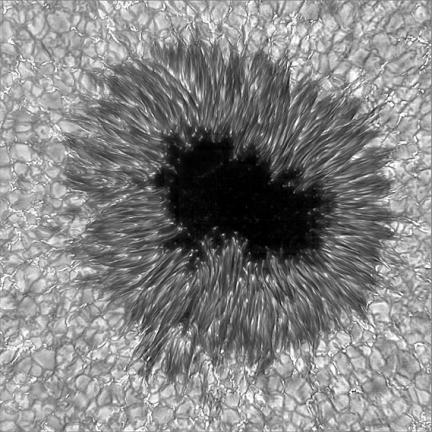
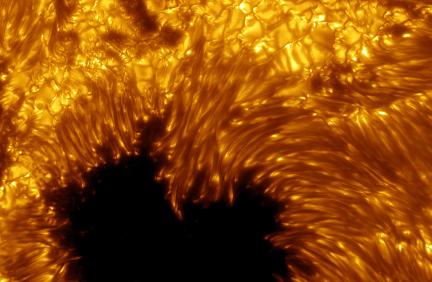
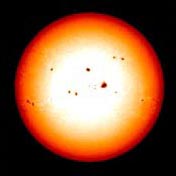 It has a much lower temperature than its surrounding areas and emits a tremendous amount of magnetic activity. Of course, any imaging the Sun in normal visible light with no photographic trickery would result in an entirely white image with no details at all. So the funny thing about these “dark spots” (see visible/white light image at left) is that they are actually blindingly bright to a human eye. It is only when we image these areas in comparitive contrast with the surrounding hotter areas do they appear as dark in photographs. These mysterious spots seem to also appear in abundance in 11 year cycles which also eludes any scientific explanation.
It has a much lower temperature than its surrounding areas and emits a tremendous amount of magnetic activity. Of course, any imaging the Sun in normal visible light with no photographic trickery would result in an entirely white image with no details at all. So the funny thing about these “dark spots” (see visible/white light image at left) is that they are actually blindingly bright to a human eye. It is only when we image these areas in comparitive contrast with the surrounding hotter areas do they appear as dark in photographs. These mysterious spots seem to also appear in abundance in 11 year cycles which also eludes any scientific explanation.

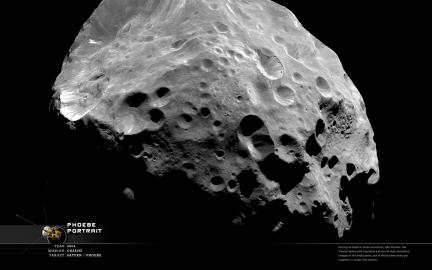


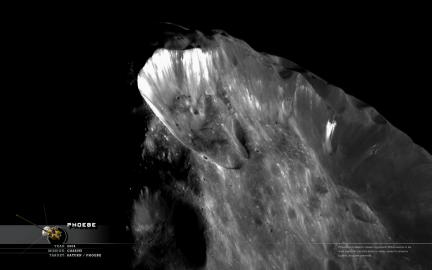
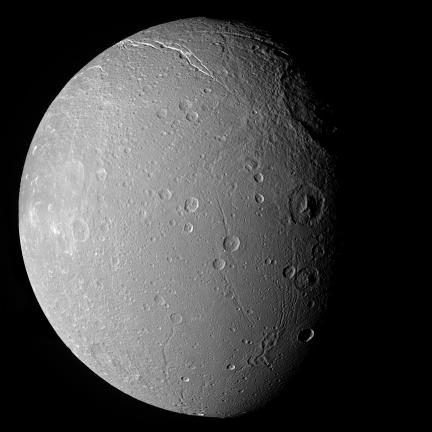

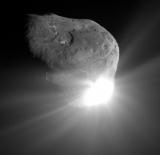 A proposal to extend the mission into Stardust-NExT suggests the spacecraft be sent on a trajectory to encounter comet
A proposal to extend the mission into Stardust-NExT suggests the spacecraft be sent on a trajectory to encounter comet 